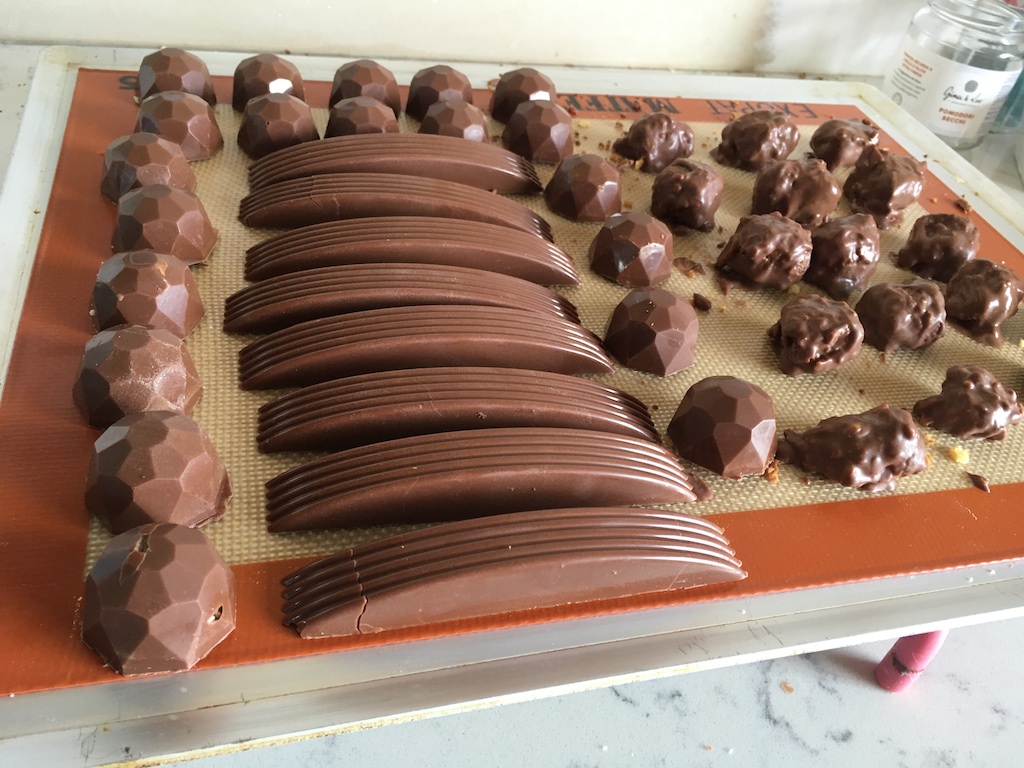FoodPorn
Welcome to a little slice of culinary heaven where we share photos of our favorite dishes, from savory succulent sausages to delicious and delectable desserts. Made it yourself? We'd love to hear your recipe!
Rules:
1. BE KIND
Food should bring people together, not tear them apart. Think of the human on the other side of the screen, and don't troll, harass, engage in bigotry, or otherwise make others uncomfortable with your words.
2. NO ADVERTISING
This community is for sharing pictures of awesome food, not a platform to advertise.
3. NO MEMES
4. PICTURES SHOULD BE OF FOOD
Preferably good, high quality pictures of good looking grub; for pictures of terrible food, see [email protected]
Other Cooking Communities:
Be sure to check out these other awesome and fun food related communities!
[email protected] - A general communty about all things cooking.
[email protected] - All about sous vide precision cooking.
[email protected] - Celebrating Korean cuisine!
view the rest of the comments

I've never really understood tempering but it looks cool. No worries about videoing, I get it. I'm sure I haven't looked hard enough for just making chocolate videos.
To get that crisp and shiny 'snap' you need to temper the chocolate. As it was explained to me, though I should probably look it up, there are two fats in chocolate with different melting points. You raise the temperature to melt both, lower the temperature to solidify both, then raise it slightly to melt one again. I found this video from Callebaut, who's a pretty good supplier. Obviously, you would use a bain marie and a thermometer instead of a very expensive, but very cool chocolate melter.
YouTube nocookie link: https://www.yout-ube.com/watch?v=NnhSM97zFG8
Thanks for the great explanation and link. How the hell did the original people figure this out? 🤔